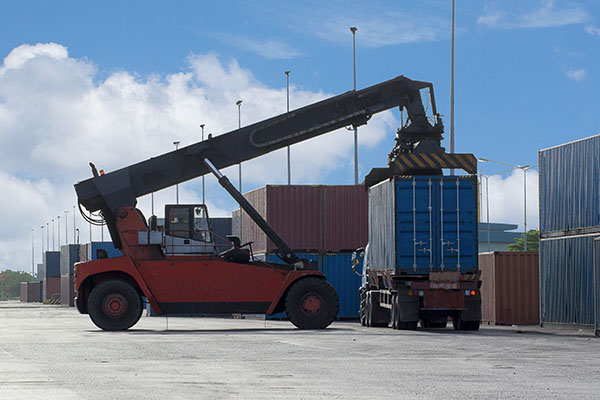AAR reports annual volume gains for carload and intermodal in June
At the halfway pole of 2018, United States rail carload and intermodal volumes are both up annually compared to the same period a year ago, according to data issued by the Association of American Railroads (AAR) this week.
U.S. rail carloads headed up 2.0%, or 21,098 carloads, to 1,080,769. And 14 of the 20carload commodity groups tracked by the AAR saw annual gains, including: petroleum & petroleum products, up 7,411 carloads or 19.7%; crushed stone, sand & gravel, up 7,276 carloads or 7.1%; and chemicals, up 4,608 carloads or 3.7%. AAR added that commodities with annual declines in June included: coal, down 9,396 carloads or 2.7%; nonmetallic minerals, down 3,552 carloads or 18.8%; and waste & nonferrous scrap, down 618 carloads or 3.8%.
The average number of weekly U.S. carloads in June, at 270,192, was up 2.0% annually, showing annual growth for the fourth consecutive month, as well as marking the highest weekly average of any month in 2018.
U.S. intermodal containers and trailers in June were up 6.3%, or 68,689 units, at 1,159,973. And the weekly intermodal average in June, at 289,993, was up 6.3% annually, and, like carload, also marks the highest weekly average of any month in 2018.
Through June, AAR reported that U.S. rail carloads were up 1.3%, or 87,169 carloads, to 6,747,414, and intermodal units are up 6.0%, or 405,633 units, to 7,153,557.
“Rail traffic in June was consistent with a healthy economy,” said AAR Senior Vice President of Policy and Economics John T. Gray in a statement. “In June, 14 of the 20 commodity categories the AAR tracks each month saw carload gains — the third straight month in which at least 14 categories were up. That’s the longest such streak since late 2014. Meanwhile, record intermodal volume for June speaks to the high value proposition that rail customers associate with intermodal service. For now, things are looking good for the railroads and the economy despite the many threats, such as a potential trade war, that could bring change quickly.”
The decent volume numbers speaks to a solid demand environment, which has been evident in pricing, too, but, especially, on the carload side, there has been an underlying theme that even with these volume gains, service levels have room for improvement.
What’s more, it has led to many freight rail stakeholders wondering if the railroads can handle, or support, additional demand should things trend up from here.
“The key thing to think about here is that demand is actually accelerating and is clearly there in in [nearly] every category across the board, which is pretty good,” said Tony Hatch, president of New York-based ABH Consulting, in a recent interview.
Even though rail carload volume growth is decent, Hatch observed that, in a way, it is a bit of a mystery, when factoring in the current state of rail services, which, he said, is not getting worse, but not improving to the rate many industry stakeholders expected it would be at by now. He added that service levels are expected to improve this summer and be more in lockstep with what has been a “pretty good demand story” along with solid financial results.
“The question to me is what would have it been if the rails had been operating as they did in 2016 and how would they have handled this environment in which you have the best pricing environment in many years, if not a generation,” he said.
On the intermodal side, Hatch noted that the ongoing truck driver shortage and tight over-the-road capacity have affected large pockets of rail carload merchandise, although the biggest impact is on intermodal.
“The reason is that it has allowed the rails to get away with having less than optimal service, with the intermodal [volume and price] numbers still growing, and they are able to provide capacity even if it is not at the same levels it has been at in the past,” he said. “A big driver in recent months for the gains in intermodal is related to a combination of truckers raising rates, higher fuel prices, and fewer drivers.”
For the week ending June 30, the AAR reported that U.S. rail carloads were up 0.7% to 270,916, and intermodal units were up 8.5% to 293,327.













